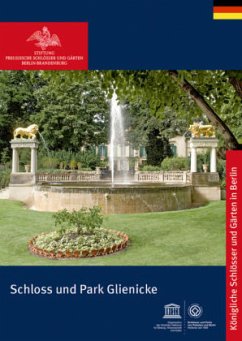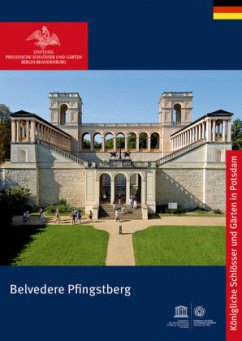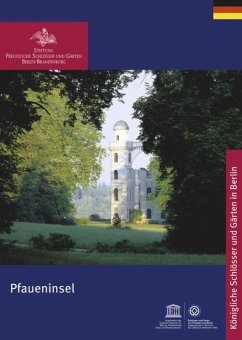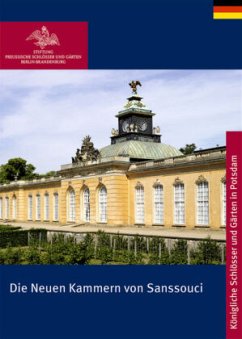Nicht lieferbar
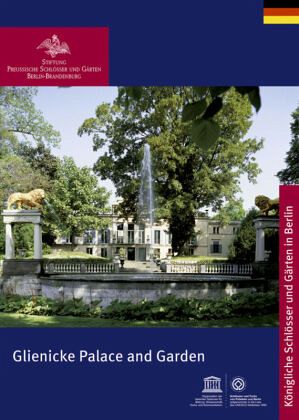
Glienicke Palace and Garden
Versandkostenfrei!
Nicht lieferbar
This ensemble, consisting of a palace and various buildings in the Italian villa style, nestled in a landscape reminiscent of the Mediterranean, is based on designs by Schinkel and Persius, as well as Lenné. The owner of the property, Prince Carl von Preußen, gradually filled his exceptional country estate with an abundance of artworks. In 1990, the palace and park were declared a UNESCO World Heritage site. One of the many unique testimonies to "Prussian Arcadia" lies sprawled out at the point where Potsdam and Berlin meet: nestled in a landscape of nearly Mediterranean ambience are an Ital...
This ensemble, consisting of a palace and various buildings in the Italian villa style, nestled in a landscape reminiscent of the Mediterranean, is based on designs by Schinkel and Persius, as well as Lenné. The owner of the property, Prince Carl von Preußen, gradually filled his exceptional country estate with an abundance of artworks. In 1990, the palace and park were declared a UNESCO World Heritage site. One of the many unique testimonies to "Prussian Arcadia" lies sprawled out at the point where Potsdam and Berlin meet: nestled in a landscape of nearly Mediterranean ambience are an Italian villa, a Venetian monastery courtyard, an Orangery and the "Little Garden of Antiquity". Above all, it was Prince Carl von Preußen, with his love for Italy and his almost manic obsession with art collecting, who gave the country estate, which he acquired in 1824, its characteristic face. After an unsettled history, repeated inappropriate utilization and remodelling of many of the buildings, the designs and executions of Karl Friedrich Schinkel and Ludwig Persius could be reconstructed. The interior of the palace, with its colourful rooms of varying designs and furnishings, has proven to be a treasure-trove of museum-quality pieces and décor. Likewise, the landscape garden, designed by Peter Joseph Lenné in the English style, is one of the highpoints of the estate.




